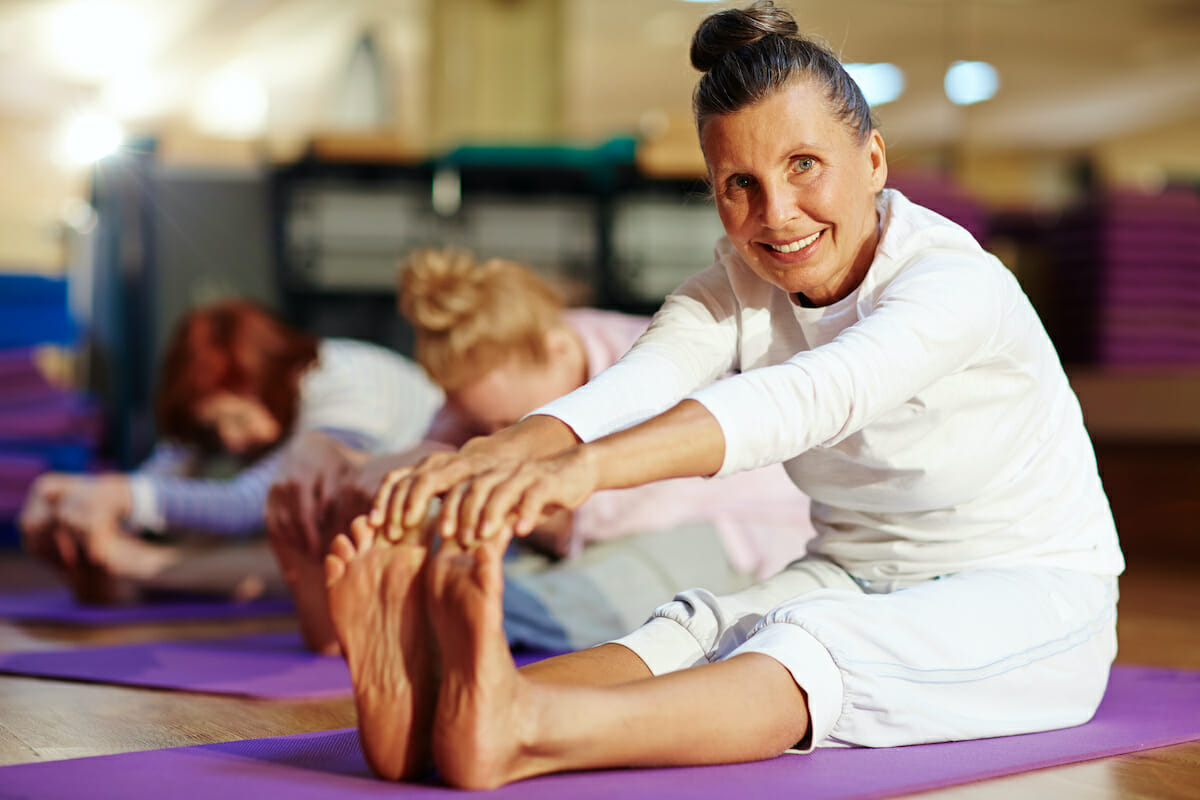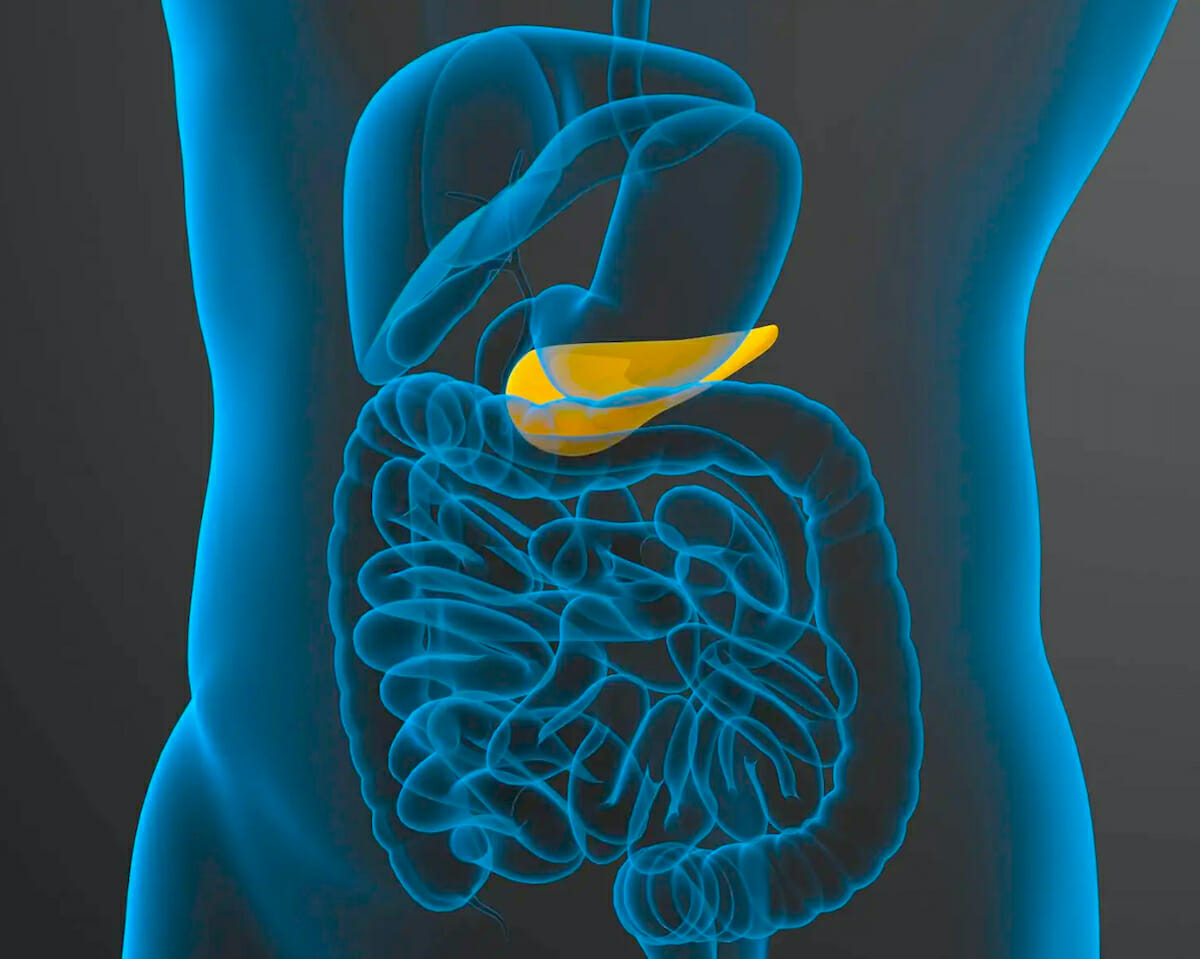The most common form of hip arthritis is osteoarthritis (OA). OA is a common joint disease that affects more than 32.5 million adults in the United States. Doctors may also refer to osteoarthritis as wear-and-tear arthritis. The condition gradually worsens as the cartilage cushioning the bones in the affected joints breaks down.
Hip arthritis can interfere with a person’s ability to perform daily activities. Exercise commonly plays a key role in the management of hip arthritis.
However, a person needs proper guidance and education to avoid doing exercises that can worsen the condition. Some exercises put greater strain on the joints, which can cause further pain.
Exercises may provide various benefits, such as improving flexibility, building strength, and increasing the ability to move joints through their full range of motion.
People with hip arthritis can use exercise as a way to improve their mobility and reduce pain and stiffness. However, certain types of exercises may worsen the pain.
Types of exercises to avoid
Some exercises increase joint contact forces, putting the joints under more stress and potentially resulting in hip pain in a person with OA. During exercise, the body produces force, which comes from weight-bearing and the foot contacting the ground. The forces travel upward from the foot, and the hip joint must absorb them to allow the body to regain stability and balance.
Exercises that people with arthritis in the hip may wish to avoid include:
Exercises with sudden changes in movement and direction: Sports and exercises that involve sudden stops and movements, such as tennis and baseball, put heavy stress on the joints. A 2016 study associated certain elite-level sporting activities, including handball, hockey, and soccer, with a higher risk of developing hip OA.
Exercises on uneven terrain: A 2019 study noted that uneven terrain causes the ground reaction force to change with every stride. The constant need to adjust and stabilize the posture puts additional strain on the hip. The more uneven the surface, the more the hips need to work. This supports the findings of a 2017 study, which showed that uneven terrain causes a variety of gait modifications, greater muscle coactivation, and a lower center of mass.
A person new to exercise should initially limit their workout area to smooth, even surfaces and avoid concrete and sand. Once they can tolerate these surfaces, they can gradually introduce surface changes.
High impact exercises: As the name implies, high impact exercises—which include activities that involve running and jumping—significantly impact the joints. When a person is running, each strike of the heel on the ground puts a force equivalent to up to three times a person’s body weight on their feet. These forces travel up from the feet to the knees, hip, and trunk, putting a lot of stress on soft tissues such as joints, tendons, and ligaments, as well as the bones and cartilage in the joint.
Prolonged standing exercises: Exercises that involve standing for extended periods put a strain on the joints, which can worsen pain. A person can try doing exercises while lying or sitting down, or they can perform them in a swimming pool to reduce the pressure on the hips. Alternatively, they can take care only to perform standing exercises for short durations.
Weightlifting exercises: Strength training, which includes heavy weightlifting, can be helpful for people with hip arthritis. However, if a person does not perform the exercises correctly, weightlifting may worsen pain or cause further joint injury. Lifting heavy weights with the legs puts a severe strain on the hips, so it is advisable for a person to start by using their body weight. A doctor or physical therapist may recommend progressing to light weights based on the person’s needs and capabilities.
Alternatives
Although people with hip arthritis may wish to avoid certain activities that can worsen pain and other symptoms, other exercises can help provide relief.
Low impact aerobic exercises: Low impact aerobic exercises, such as walking, elliptical training, and cycling, may help improve joint mobility and movement in people with hip arthritis. People should avoid high impact aerobic exercises, which include running and jumping rope.
Stretching exercises: Regular stretching helps maintain a joint’s full range of motion and prevents the joints from becoming stiff due to lack of use or activity. It can also reduce the risk of injury. A person should relax stiff joints before doing stretching exercises. They can do this by using heating pads or taking a hot shower.
Strength training: A 2021 study found that people with moderate-to-severe hip osteoarthritis present with muscle weakness, limited endurance, and impaired functional performance. These effects of the disease can make it more challenging for a person to perform their daily activities. Strength or resistance training is any exercise that uses a person’s weight or equipment, such as dumbbells, to build muscle strength, endurance, and muscle mass to create resistance against which their muscles can work. Strengthening the hip muscles can reduce the load that the joint carries and minimize the forces it absorbs. Stronger muscles also help stabilize the joint.
Stretching the muscles that people strengthen is important for restoring range of motion and preventing injury.
Range of motion exercises: Like stretching, these exercises help improve a person’s flexibility and increase the range of motion of the hip joint. In this way, they can help improve a person’s mobility and physical functioning.
Summary
Hip arthritis is a permanent and progressive condition that damages the hip joint over time. However, treatments are available that can help slow its progression, reduce pain, and improve or maintain a person’s physical function. A doctor or physical therapist can help a person put together a suitable exercise regimen.
Sources: https://www.medicalnewstoday.com/articles/hip-arthritis-exercise-to-avoid
https://www.health.harvard.edu/pain/stretching-to-help-arthritis-pain
Exclusive content from CARE magazine












